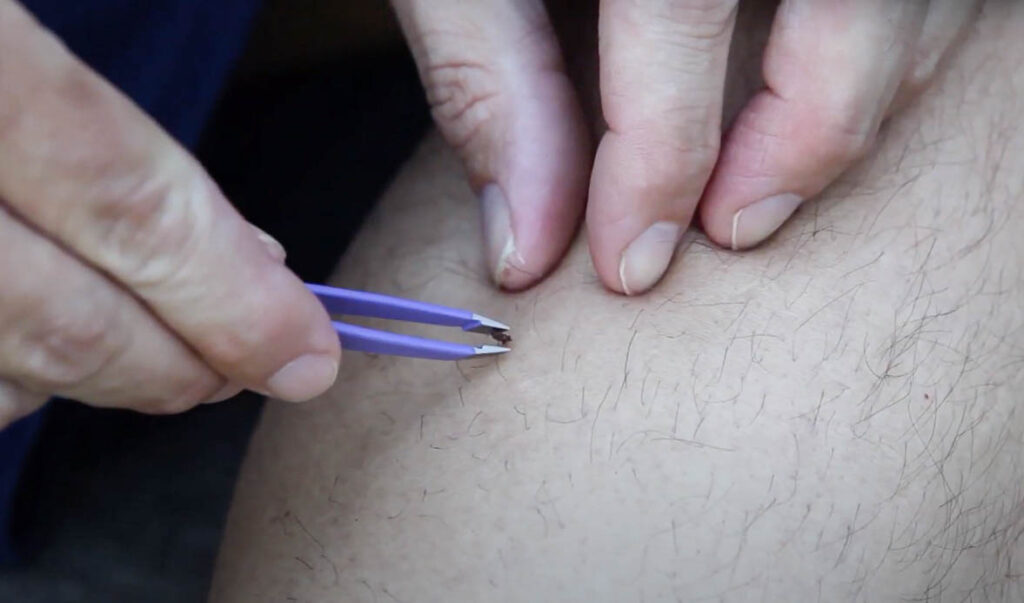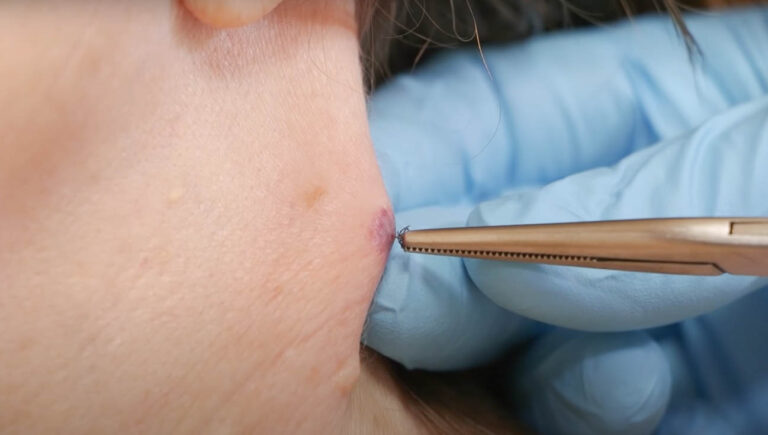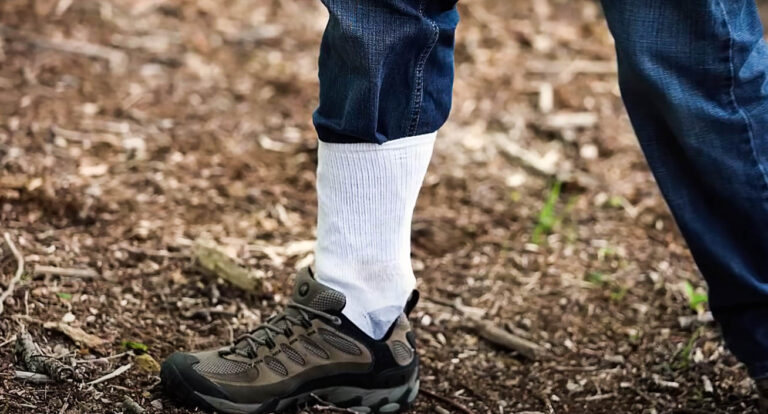What to do if you’ve been bitten by a tick
What to do if you've been bitten by a tick
Ticks bite their hosts to get blood meals which is an essential part of their diet. Ticks will always seek out their hosts, and tick bites are basically inevitable for most hosts, especially humans. Ticks spread different kinds of diseases through their bites. You should never rule out the chances of getting bitten by a tick and contracting any of the tick-borne diseases. This is why you should know first aid practices for tick bites. This article highlights first aid measures for tick bites.
Remove the tick
Ticks could remain attached for long periods when they take blood meals. Hard ticks can remain attached to their hosts for up to 9 days. Thus, finding a tick attached to the skin could be the first sign of a bite.
Remove the tick as soon as you notice it. Use a pair of fine-tipped tweezers to remove the tick. Hold the tick between the tips of the tweezers and maintain a direct steady pressure to remove the tick. Endeavor to keep the pressure steady so that you do not twist or break the tick. Twisting or breaking the tick may just leave its mouthparts attached to the skin.

Place the tick into a sealed bag and wash the bite site. If any mouthpart remains attached to the skin, leave it alone. It will be naturally expelled.
It is important to remove the tick as soon as possible. The longer the tick stays attached to the skin, the higher the tendency of spreading the disease it carries. Lyme diseases, for example, takes 36 to 48 hours. It could also take a very short time, about 15 minutes, for ticks to spread diseases like relapsing fever.
Identify and test the tick
Identifying the type of tick is an important first aid process because it provides information on the type of diseases they can spread. The goal of the first aid measures for tick bites is to reduce the negative consequences of the bite of which tick-borne diseases is chief. You should confirm that the tick is not a vector of diseases like Lyme disease like the blacklegged tick and deer tick.
Professionals will help you confirm the type of tick and provide its vector information. You should also test the tick for any peculiar disease it could carry by sending the dead or live pest to a suitable laboratory.

You shouldn’t assume that a tick is harmless because ticks in your area are usually harmless. New species of ticks are introduced into areas regularly and you should rule out chances of infection.
Watch out for symptoms
It takes some time for symptoms of tick-borne diseases to develop. Continually watch for symptoms of the diseases and seek medical care as soon as you suspect or manifest symptoms. The symptoms of tick-borne diseases include non-specific symptoms like fever, headache, chills, and fatigue. Diseases like Lyme disease have characteristic symptoms like the bullseye rash.
Taking the right measures after a tick bite is important for preventing the transmission of the different tick-borne diseases.




